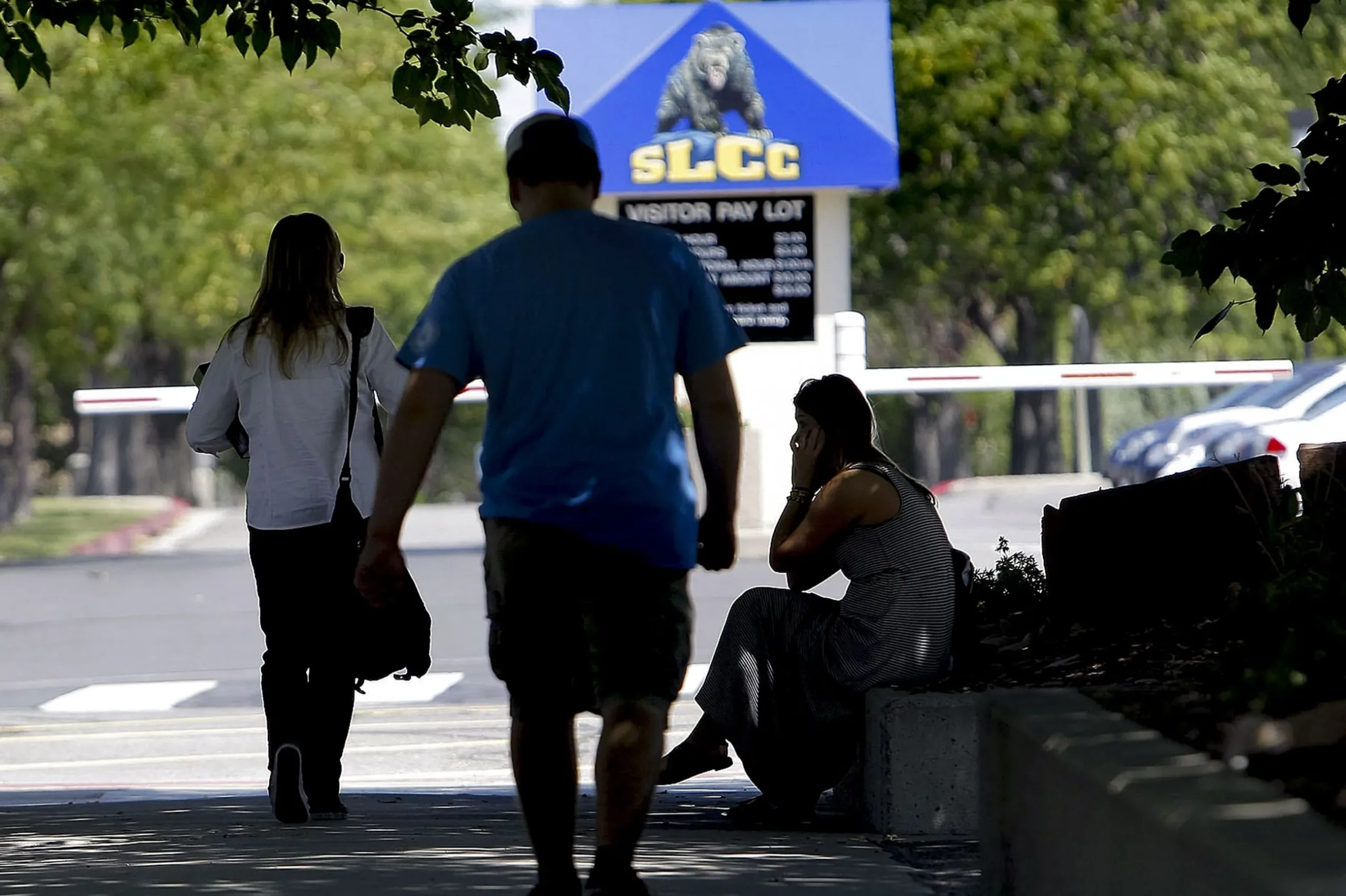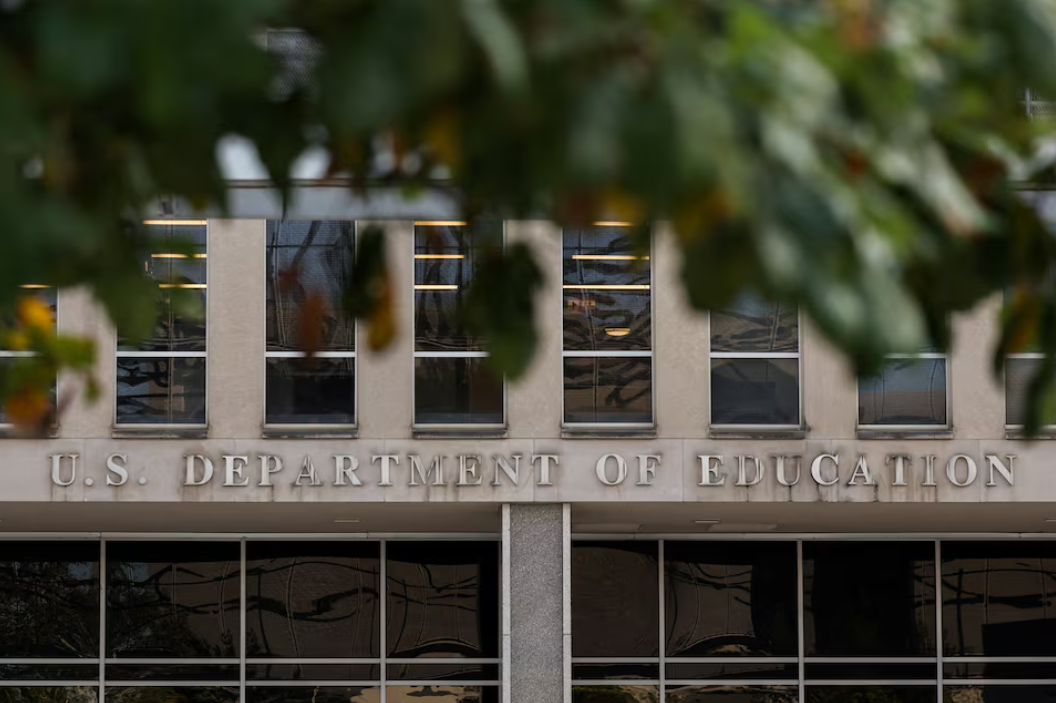Talk about a case of “No good deed goes unpunished.”
To help with college affordability amid the pandemic, Salt Lake Community College elected to eliminate its application fee.
“We try very, very hard to keep the tuition and fees as low as possible. It is always surprising to me what a small dollar amount can mean to some of our students. When we took away our $40 application fee, which for me felt like hardly anything, our students and our high school counselors called to thank us. Forty dollars for them was significant,” SLCC President Deneece Huftalin told state lawmakers recently.
A change intended to help improve access to higher education also resulted in an onslaught of bots filling out fraudulent applications for the spring 2022 semester, which officials believe were attempts to steal federal Pell grants and COVID-19 relief funding.
“Our applications went up and the bots arrived on campus. They were creating students artificially that did not exist to get financial aid,” Huftalin told the Utah Legislature’s Higher Education Appropriations Subcommittee recently.
A high percentage of SLCC students qualify for financial aid, she said. Currently, 84% of the college’s students receive aid,
Once the infiltration was detected, admission office employees had to manually verify every applicant “to make sure they were a real person and then get rid of the ones that weren’t. We had to work with the Department of Education. It was a big deal,” she said.
No money was released as a result of the fake applications, officials said.
Recently, all Utah System of Higher Education institutions have eliminated fees systemwide and some lawmakers, like Rep. Brett Garner, D-West Valley City, are concerned that a well-intentioned change could open the door to potential fraud.
“Previously, when there was a cost involved, they were able to track down where that payment went through,” Garner said. Doing away with application fees makes verification more difficult, he said.
Geoff Landward, interim Utah Commissioner of Higher Education, acknowledges it is a concern.
“We’re looking for technological solutions to reduce the amount of those kinds of fraudulent applications and we think that there are some solutions out there. We’re going to be working directly with institutions on finding those now,” he said.
SLCC was hardly alone with the attempts to fraudulently access aid and relief funds.
More than 65,000 fake applications for financial aid were submitted in California’s community college system in 2021, with one community college identifying and blocking approximately $1.7 million in attempted student aid fraud, according to a Forbes magazine report.
The San Diego Community College District paid out over $100,000 in fraudulent claims before detecting the scheme, the magazine reported.
One California physician in his 60s discovered his identity had been stolen in a fraudulent attempt to enroll him in Saddleback College in Orange County, the San Francisco Chronicle reported.
Months after a mysterious check for $1,400 landed in his mailbox last summer, the federal Department of Education notified him that the money was a mistake — an overpayment of the $3,000 Pell grant he had used to attend the college, according to the report.
He told them he had neither applied for a Pell grant nor had he ever heard of Saddleback College, which is a public community college in Mission Viejo.
The system and Utah Board of Higher Education have weighed the concerns about potential fraud to the benefits of eliminating the application fee to aid students’ access to college, Landward said.
“We felt this is still the right policy. We think this is the right decision. But we recognize that there are still some wrinkles that we need to iron out, so we’re going to work on that,” he said.
Moving toward a common college application would likely pose some of the same risks, he said.
“It just increases the opportunities for those who are trying to use these applications for nefarious purposes. We’re trying to find solutions to that. It’s on our radar,” Landward said.




